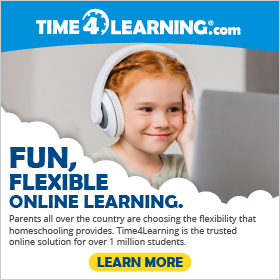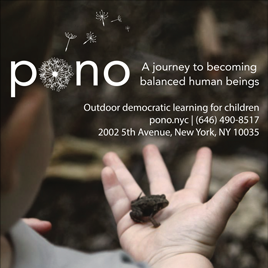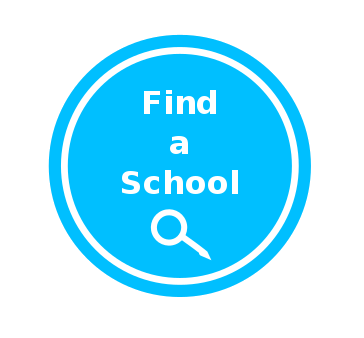Student Mental Health
I have been involved with learner-centered education practically my whole life, ever since my grandfather sat down with me at his home in Boston and asked, “so what do you want to learn?” I was 5 years old. I started my first school when I was 23, in 1965. It is still going.
But I don’t think I have ever seen a time when our approach to education has been more crucial. It is now literally a matter of life and death.
Traditional schools have always been out of date, not meeting the needs of the majority of its students. They are not learner-centered in the bulk of their process. The main reason many of its students wanted to attend was to get together with the other students. They could make up for the school’s failings by other kinds of activities, not only by interacting with their friends, but by “extra-curricular” activities, out of school programs, and help and support from their parents. At least as important was their freedom to play on their own, learn on their own, and go pretty much where they wanted.
There have been dramatic changes and losses of possibility in much of this support that was outside of regular school. Some were caused by the pandemic and other have been because of societal change. The bottom line is that they can no longer make up for the failure of traditional schools to provide individual and individualized support to many of its students.
An article in the Atlantic reported “The United States is experiencing an extreme teenage mental-health crisis. From 2009 to 2021, the share of American high-school students who say they feel “persistent feelings of sadness or hopelessness” rose from 26 percent to 44 percent, according to a new CDC study. This is the highest level of teenage sadness ever recorded.”
This is where we come in and why the learner-centered schools in our network and beyond have become so important.
Recently there have been urgent reports of declining mental health among teenagers and other students, with reports of suicides and attempted suicides. I believe this is a result of the convergence of the factors I have outlined above. I was curious about whether this phenomenon has been seen in the schools and programs in our network. I posted the question on our listserve and the responses have been telling.
We will soon do a poll on this, but meanwhile these are some anecdotal responses:
“I meet a lot of teens dealing with various issues of anxiety, depression, and other mental health difficulties. Often, school is part of the stress and part of the problem, so leaving school to start homeschooling and join our program is part of the solution. Providing teens more direct self-control is a big part of the success.” KD
“I teach 6th grade in a California public elementary school….I feel that there’s been a youth mental health crisis for a while, but the pandemic exacerbated it.” E
“ I founded and have been running a non-traditional school for the last eight years. I believe that most “schooling” young people go through these days has little to do with their lives and comes with a such a high level of performance pressure it’s unhealthy from the start….My experience is that for the vast majority of young people, when they are allowed to be in a place where they have true agency and authentic responsibilities, their mood disorders quickly dissipate….” RH
“At some of our AERO schools, smaller and more liberating environments, we all seem to see less drastic manifestations of screentime and depression than in the mainstream, but I think we are all seeing it…” SG
It can be argued that AERO has had an impact on education as a reaction to the pandemic. It had planted the seeds of homeschooling and micro schools around the world. Initially homeschooling went from 3% to 96% as schools turned to virtual approaches. In the end homeschooling more than tripled, especially for students of color. Now, millions around the world have discovered that they are not necessarily stuck with the local assigned school if it doesn’t meet their needs. So, we who are involved with learner-centered education have an opportunity and perhaps obligation to show the world that there are approaches that do work and meet the needs of parents and students desperately seeking change.

















